Launched Eighteen Years Ago, The Cassini Orbiter Is Set To Crash In To Saturn Next September, Ending








launched eighteen years ago, the cassini orbiter is set to crash in to saturn next september, ending its mission to collect data, including these true colour images, on saturn and it’s moons and rings. saturn’s main rings, composed mostly of ice, are thought to have formed only a few hundred million years ago, long after the planet, and the solar system itself, were birthed some four and half billion years ago.
though a hundred and seventy million miles in diameter, the main rings are only half a mile thick, with the brighter bands showing areas of greater density, and the darker, less dense areas swept relatively clear by the gravity of saturns’ moons - clear enough, anyways, for the cassini orbiter to pass through one of the gaps basically unscathed.
there is no consensus on how the rings were created, but a medium sized moon, either shattered by a meteor or pulled apart by the planet’s gravity, would account for the entire mass of the rings. there is, however, more of a consensus that in about fifty million years, saturn’s gravity will have pulled in the rings and swallowed them up. (but at least mars should have a ring by then.)
saturn has over forty moons, including one found within a ring gap. these photos show the distant rhea and titan - the latter of which is larger than mercury and has its own atmosphere and hydrocarbon lake - and the inner most mimas and enceladus - the latter being notable for its encompassing liquid ocean of water and geothermal activity.
More Posts from Inter-stellxr-blog and Others




T-51 days (October 14) - OA-4 Cygnus service module arrives at KSC Marking a major milestone in its prelaunch processing flow, the service module for the Cygnus spacecraft’s return to flight arrived at Kennedy Space Center earlier this week. The pressurized cargo module for the OA-4 mission arrived at Kennedy in early August, and technicians have been checking out the module ahead of cargo stowing. OA-4 marks a significant shift in the Cygnus program, not just because it is the spacecraft’s return to flight, but also the first flight of the Enhanced Cygnus. The cargo module is 3.9 feet longer than the initial Standard Cygnus, allowing the spacecraft to transport over 3,300 extra pounds of cargo. The Service Module also boasts new Orbital ATK-made Ultraflex solar arrays, which are lighter than the original rectangular arrays made by DutchSpace. The image below shows a comparison between the two versions of the spacecraft, with the Enhanced Cygnus on the right.

Final assembly and cargo stowage is expected to occur in late October and early November. Encapsulation inside an Atlas V 400-series payload fairing will occur in mid November, followed by rollout to SLC-41 and vehicle integration in late November. Currently, the launch of OA-4 is scheduled for December 3, though that date may move up or be pushed back depending on various factors. It will be the first flight of the spacecraft since an October 29, 2014 launch failure that destroyed the spacecraft and subsequently grounded the program. The enhanced Antares 200 rocket is undergoing final integration and assembly at Wallops Island, Virginia, and Orbital ATK teams are preparing for a period of pad testing. The next flight of Cygnus on an Antares is scheduled for some time in the first half of 2016. Until then, Orbital ATK purchased two Atlas V 401 rockets to launch their enhanced Cygnus spacecraft; these missions are designated OA-4 and OA-5. The second flight is slated for sometime in spring of 2016.
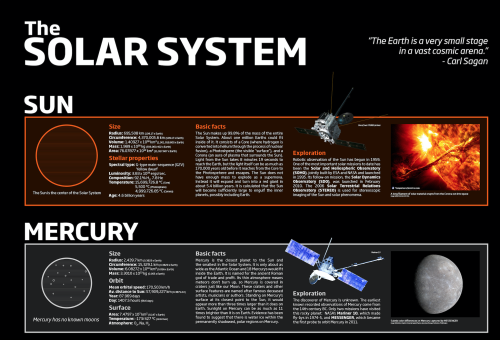
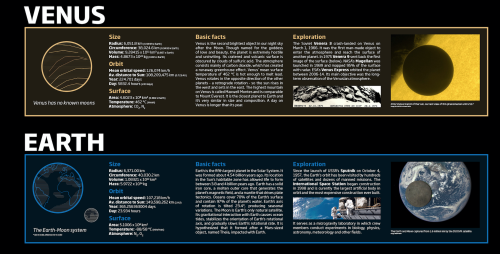
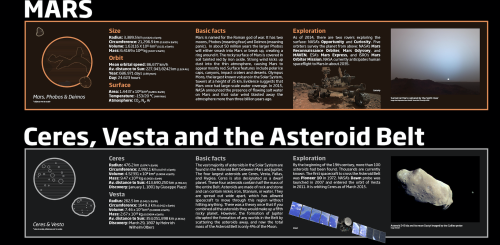
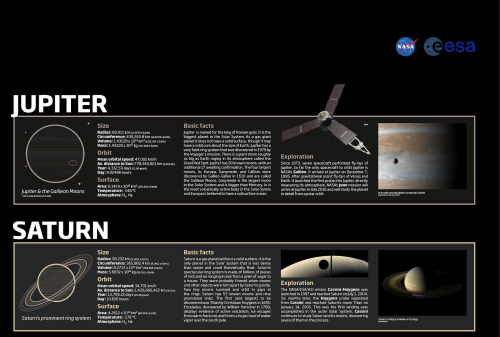
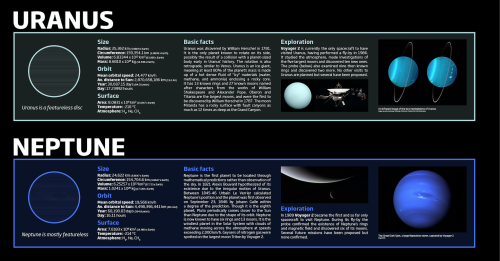
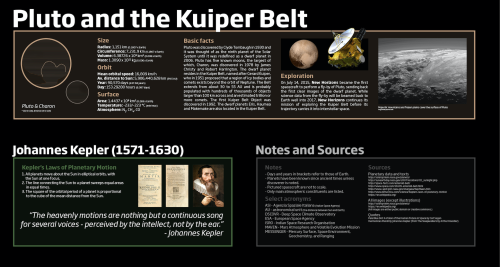
The Solar System

In first grade Jessica Meir made a drawing of herself standing on the moon. Turns out she underestimated her own ambition: Today, at 38, Meir could become the first human to touch down on an even farther destination: Mars. A next step for man? Yes, and a giant leap for womankind.
The mission itself is at least 15 years away—it will take that long to build and test every last piece of equipment. But it’s already the most hotly anticipated space-exploration effort ever. Governments around the world—in China, Europe, and Russia—have plans in the works to at least land robots on Mars, while in the U.S., private companies like SpaceX are partnering with NASA on a human mission and plotting their own commercial trips. And unlike the 1960s race to the moon, this time women are playing pivotal roles—building rockets, designing space suits, and controlling the remote rovers that are already sending momentous insights back from Mars.
A human landing will not, to put it mildly, be easy. The shortest route to our planetary neighbor is 35 million miles. Just getting there will take six to nine months; a round-trip, two to three years. “This will be the longest, farthest, and most ambitious space-exploration mission in history,” says Dava Newman, Ph.D., NASA’s deputy administrator. Once they’ve landed, the astronauts will have to navigate giant dust storms, temperatures that can plummet to minus 284 degrees Fahrenheit in winter, and an atmosphere filled with cancer-causing galactic radiation. If their equipment fails? NASA won’t hear an SOS for 10 minutes. And there’s no turning back. “It’s not like the moon; that’s a three-day trip,” says Jason Crusan, director of advanced exploration systems at the agency. “When you go to Mars, you’re going. You can’t abort.”
And yet the pull is irresistible: The rovers have revealed a land of swooping red dunes and craters. Evidence of water—not just ice, but actual flowing water—has surfaced, and water is often considered a sign of possible life. “Mars can teach us so much about the past, present, and future of our own planet,” says Meir. “That’s a phenomenal thing.”
Also phenomenal? For the first time NASA’s latest class of astronauts is 50 percent female. A fearless group, Meir and her colleagues Anne McClain, 36, Christina Hammock Koch, 37, and Nicole Aunapu Mann, 38, have already flown combat missions in Iraq, braved the South Pole, and dived under thick layers of ice in Antarctica. Last fall they gave Glamour exclusive access to watch them train at NASA’s facilities in Houston—and talked about their epic adventure.
Continue Reading.
The red and purple boy things are running around while the normal human boy hugs the pointy-nosed thing because they won a million dollars

someone who doesn’t watch steven universe explain what is going on




clouds on mars, photographed by mars express, 16th january 2014.
around 43°s 258°e, one the eastern icaria planum. details from a sequence of 5 monochrome images, colourized with a bit of art and a bit of science.
image credit: esa. animation & colourization: ageofdestruction.

TYN_75572 by will_rock_king on Flickr.





Learn more about the Gas Giant Planets in our Solar System here: http://astronomyisawesome.com/solar-systems/what-are-the-gas-planets/

This Week in Chemistry: A liquid with holes in, why spider webs stay sticky, & more! http://goo.gl/vNI6rF
-
 ahmaemae liked this · 4 months ago
ahmaemae liked this · 4 months ago -
 talkingtoclouds reblogged this · 5 months ago
talkingtoclouds reblogged this · 5 months ago -
 glzzzzzyy liked this · 5 months ago
glzzzzzyy liked this · 5 months ago -
 onlyrandomthings liked this · 5 months ago
onlyrandomthings liked this · 5 months ago -
 forevertrueblue liked this · 5 months ago
forevertrueblue liked this · 5 months ago -
 astrologyallday reblogged this · 5 months ago
astrologyallday reblogged this · 5 months ago -
 lapisceandream liked this · 5 months ago
lapisceandream liked this · 5 months ago -
 klaushargreeveses reblogged this · 5 months ago
klaushargreeveses reblogged this · 5 months ago -
 klaushargreeveses liked this · 6 months ago
klaushargreeveses liked this · 6 months ago -
 terrific-togekiss reblogged this · 1 year ago
terrific-togekiss reblogged this · 1 year ago -
 terrific-togekiss liked this · 1 year ago
terrific-togekiss liked this · 1 year ago -
 hieroglifosensivel liked this · 1 year ago
hieroglifosensivel liked this · 1 year ago -
 rh35211 reblogged this · 2 years ago
rh35211 reblogged this · 2 years ago -
 jungrl liked this · 3 years ago
jungrl liked this · 3 years ago -
 thoughtfulconnoisseurturtle reblogged this · 3 years ago
thoughtfulconnoisseurturtle reblogged this · 3 years ago -
 thoughtfulconnoisseurturtle liked this · 3 years ago
thoughtfulconnoisseurturtle liked this · 3 years ago -
 mandolinaes reblogged this · 4 years ago
mandolinaes reblogged this · 4 years ago -
 mandolinaes liked this · 4 years ago
mandolinaes liked this · 4 years ago -
 kathrana reblogged this · 4 years ago
kathrana reblogged this · 4 years ago -
 kathrana liked this · 4 years ago
kathrana liked this · 4 years ago -
 rooost liked this · 4 years ago
rooost liked this · 4 years ago -
 feed-the-crows liked this · 4 years ago
feed-the-crows liked this · 4 years ago -
 m00ndingochan reblogged this · 4 years ago
m00ndingochan reblogged this · 4 years ago -
 m00ndingochan liked this · 4 years ago
m00ndingochan liked this · 4 years ago -
 various-stormsnsaints liked this · 5 years ago
various-stormsnsaints liked this · 5 years ago -
 pasteleriasilvestre reblogged this · 5 years ago
pasteleriasilvestre reblogged this · 5 years ago -
 pasteleriasilvestre liked this · 5 years ago
pasteleriasilvestre liked this · 5 years ago -
 greysea2 liked this · 5 years ago
greysea2 liked this · 5 years ago -
 luklik50 liked this · 5 years ago
luklik50 liked this · 5 years ago -
 stratabilly reblogged this · 5 years ago
stratabilly reblogged this · 5 years ago -
 flowers-will-bloom reblogged this · 5 years ago
flowers-will-bloom reblogged this · 5 years ago -
 s-gdlt reblogged this · 5 years ago
s-gdlt reblogged this · 5 years ago -
 blissfulldelusion reblogged this · 5 years ago
blissfulldelusion reblogged this · 5 years ago -
 blissfulldelusion liked this · 5 years ago
blissfulldelusion liked this · 5 years ago -
 boomermage reblogged this · 5 years ago
boomermage reblogged this · 5 years ago -
 jjvladimir reblogged this · 5 years ago
jjvladimir reblogged this · 5 years ago
"I don't know who will read this. I guess someone will find it eventually. Maybe in a hundred years or so." -Mark Watney
174 posts
